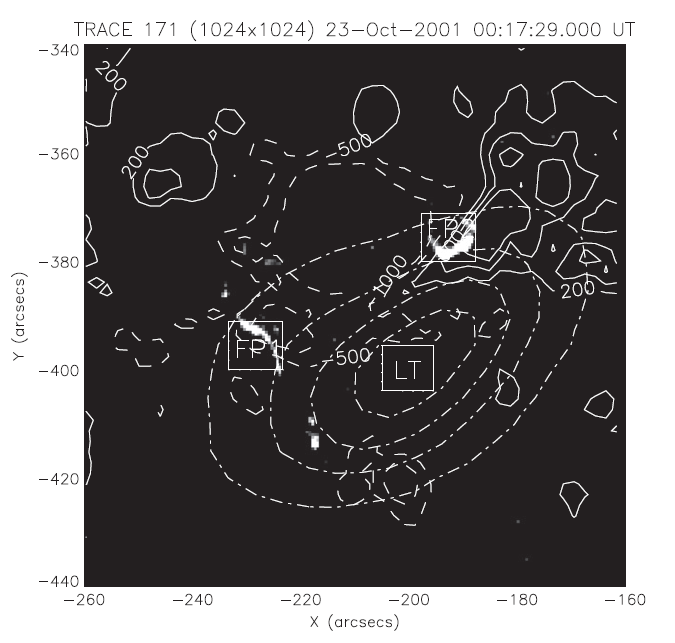Solar flares are one of the most violent eruptions of solar activity. They are considered to be the magnetic energy release process in the solar corona. Hence, the diagnostics of coronal magnetic fields is a key problem in solar flare physics. The solar magnetic field is routinely measured in the photosphere, whereas direct measurements in the solar corona are not available. One possibility is to use the photospheric magnetic field as boundary condition for force-free magnetic field extrapolations. However, the variation of the photospheric magnetic field is mostly slower than that of solar flares. On the other hand, the nonthermal gyrosynchrotron (GS) theory is the dominated mechanism of solar microwave bursts, which are interpreted as the signature of mildly relativistic electrons trapped inside a magnetic loop. Thus it can be used for calculating the local magnetic field B of burst sources. Based on the analytical approximations of Dulk & Marsh (1982), the authors provide in detail the steps of the radio diagnosis.
This method is applied to one microwave burst of the 2001 October 23 flare using the observed data by the Nobeyama Radio Observatory. The authors find that the calculated magnetic field in a loop-like radio source attenuates from hundreds to tens of Gauss, except in the region with very weak magnetic fields. Meanwhile, the viewing angle between the magnetic field and line of sight has a similar attenuation from tens to around ten degrees, implying that the transverse magnetic component attenuates much faster than the longitudinal one. All of these results can be understood by the magnetic energy release process in solar flares. So the radio diagnosis can be used as an important tool to deduce the coronal magnetic field, especially after a new radioheliograph working at multiple frequencies is established in the world.

Figure 1. Two flare ribbons observed by TRACE 171Å at 00:17:29 UT of 2001 October 23are overlaid by the SOHO/MDI positive (200, 600, and 800 Gauss) and negative (−500 and −1000 Gauss) contours, respectively, by solid and dashed lines, as well as by the dot–dashed contours of 17 GHz contours of brightness temperatures (1, 3, 5, and 7 × 106 K) observed by the Nobeyama Radioheliograph (NoRH) around the peak time (00:16:50 UT) of this burst, while the magnetogram is about 17 minutes before the peak time of burst. The positions of one looptop (LT) and two footpoints (FP1 and FP2) are marked by white symbols and rectangles. The research work by Huang et al. has been published in the Astrophysical Journal, 806:12 (7pp), 2015 June 10.
For more details, please see the following link: http://dx.doi.org/10.1088/0004-637X/806/1/12: Huang, G. L., J. P. Li, Q. W. Song, B. L. Tan, Y. Huang, W. Zhao, ApJ 806, 12, 2015. Citation
